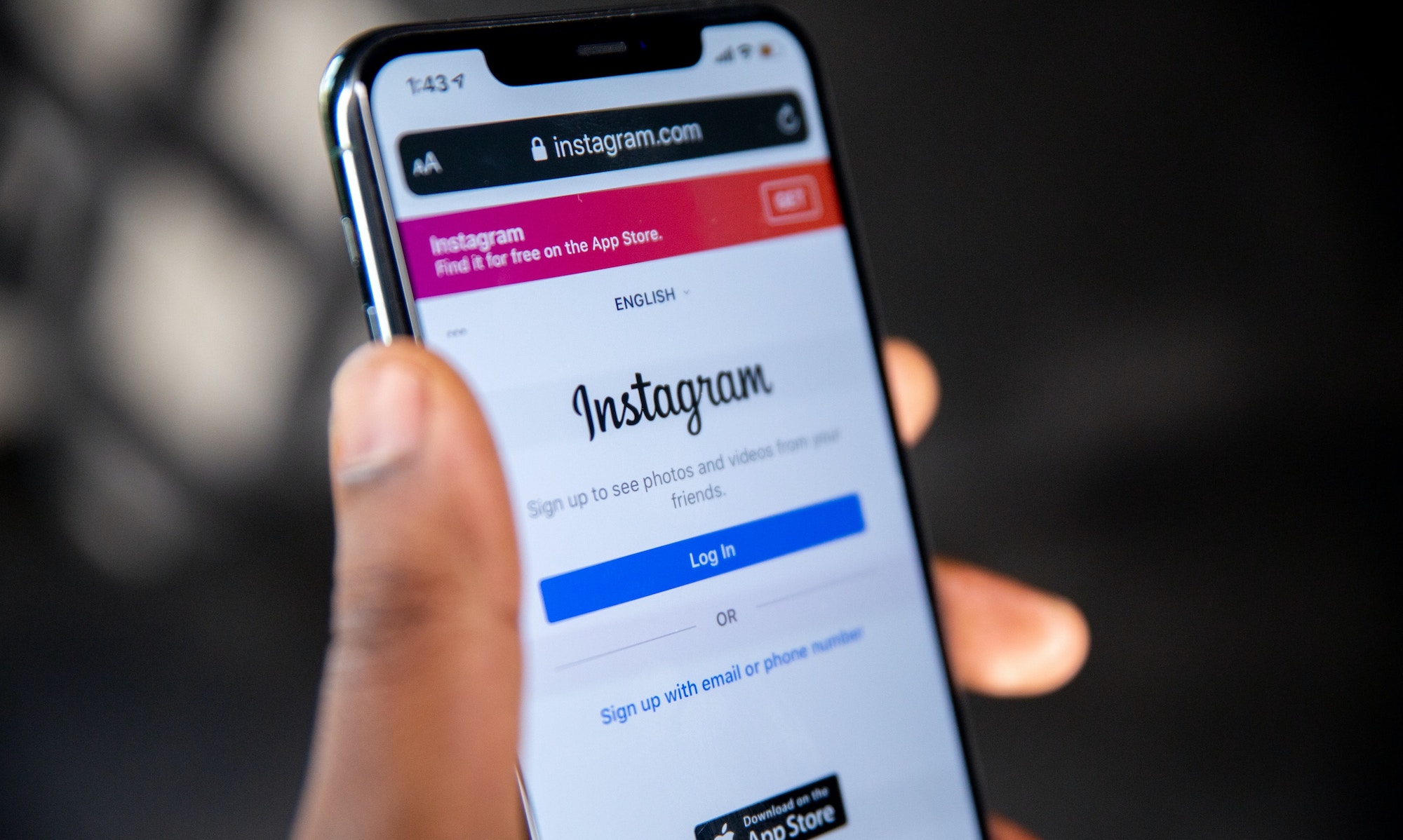The cookie apocalypse is coming, and that's great news for Creators

Listen to this article
You’ve probably heard that some significant changes are coming to how websites are tracking you online. These updates will have a lasting impact on the advertising content you see, how you shop, and who exactly knows what about you online.
The changes are going to impact more than just individuals as web users, though. Third-party cookies and other similar technologies have been propping up ecommerce and the advertising industry as a whole for decades.
What will happen will ripple across the world of commerce, leaving a void that will have to be filled. In the brave new world of ads without third-party cookies, how do you reach your target audience?
What’s actually happening to cookies
There are two leading players making these changes, Google and Apple. They’re each tackling vastly different sides of hyper-personalized advertising, too. As the largest digital advertising platform globally, Google is looking at things from advertisers’ perspective. Meanwhile, Apple is staying fixed on the mission of being a privacy-centric tech company on behalf of its users.

As the only one of the two who didn’t profit over $100B from ad revenue in 2020, let’s look first at the changes Apple has announced. Remember, these will be rolling out in the near/imminent future, but we don’t know when.
Apple’s doubling down on user privacy
A key feature of an upcoming iOS update is called App Tracking Transparency. The basic idea of the feature is that Apple will require every app installed on an iOS, macOS, or tvOS powered device to request and be granted tracking permission. Users will be able to decide whether to allow themselves to be followed between apps or websites.
You can already opt out of ad tracking, but the onus is currently on users to a) know the feature exists and b) turn it on. After the update, the burden will fall on apps to request and be permitted to start tracking. Like GDPR in the EU, users will have to opt in to allow tracking, not opt-out. If you care at all about not being tracked, that is a huge win.

The feature was originally going to be rolled out in 2020 but received pushback. Facebook, Amazon, Google, and others that use the tracking data to create audiences for their customers were not impressed that their services would break. Anyone who builds audiences based on non-first party data did not like that this was coming.
Google’s surprisingly not-evil announcement
The advertising mothership had previously announced back in early 2020 that they would start allowing Chrome users to block third-party cookie tracking. Advertisers were confused but figured that it was merely a stepping stone to develop an even better system. After all, this is Google we are talking about.
But now, a year later, Google announces that not only are they are entirely removing third-party cookie tracking, and they are not going to find or build a replacement technology. So third-party tracking will be all-but-gone, and the one organization that could benefit from the most is not going to do anything about it.
“Don’t be evil.”
Yes, you can and will still be tracked when you use Google products–like Gmail and Youtube. Websites can still track your activity on their site (those are the first-party cookies) and then even sell that data elsewhere. The key takeaway is for what seems like the first time in a long time; Google is living up to part of its original code of conduct that simply said: “Don't Be Evil.”
Why we’re all the better for it
It doesn’t take a computer scientist or ethics expert to know that these changes to how we’re all tracked online are generally for the greater good. Yes, there are going to be challenges to overcome, but the benefits far outweigh the setbacks.
For one, whatever advertising we are going to be served after the updates roll out can still be tailored to your interests–without the level of creepiness we’ve come to accept as normal. Few things make me feel less private online than visiting a website and then being targeted both by that company and all their competitors for days and even weeks afterward trying to sell me their products. Please, just let me buy things. Don’t try to sell me.
The writings on the wall
A few different groups saw the changes coming, though and started to look for alternatives long before the rest of the pack.
Among them, the Interactive Advertising Bureau (IAB) starting putting out a call for an alternative to the tracking cookie years ago, so this push towards anonymity and privacy is nothing new. Tech startup Lotame knew some significant changes were coming. As a result of their foresight, they developed what they call the Panorama ID, a people-based, privacy-first, cookieless tracking system. Although, ironically, Lotame still uses first and third-party cookies on their website.
Another company that has been monitoring the privacy situation closely is Mine. Their service combs through your email account to identify all the companies who have your information, whether it be just personal info like your name and email or your financial information. Then in just a couple of clicks, they reach out to companies on their users’ behalf and request that all data be deleted. It’s a straightforward service, and it is so desperately needed in the current online landscape.
Big tech has so much of our data. Google, Facebook, and all the third-party cookie companies that collect and sell your data have been building profiles about us for years. If you browse the internet, your data is out there.
How to capitalize on the next era of customer journeys
So with all these changes happening, where does that leave you? On the one hand, you’re better off, because a safe and secure internet is always going to be better for us all. But the impact it is going to have on ecommerce might seem worrying.
Where does all that advertising budget go? How will customer acquisition even work?
Content is (still) king
Luckily, the selling methods that have always been the most impactful are going to continue to be. People don’t just buy from the brands that have the flashiest websites or the best prices. They buy from the brands that bring them into their brand story and invite them into their community.
“As the trend towards privacy (and less hyper-targeted ads) continues, the most important area marketing teams should pay attention to are creatives. The ability to produce a high volume of compelling content is going to be non-negotiable.” - Reza Khadjavi, CEO at Shoelace + Motion.
Content and creatives that capture an audience’s attention will be the primary driving factor in the new selling era because they will always be vital. Think of your favorite brands that love to engage with and promote as well as purchase from. The odds are you love them because of the bigger story they have brought you into. So whether you are writing a blog or crafting a paid social post to a broader, less targetted audience, consider how you can bake your brand’s values into every high-quality piece you create.

But suppose the end of third-party cookies completely breaks the viability of PPC. In that case, organic search and social are certainly going to see a massive surge in focus. That means that there is likely to be another gold rush back to these oft-forgotten acquisition channels. This is good because it means that the effort and budgets put into advertising copy and creative will get refocused back to the realm of organic content. Still, it also means that since everyone will be shifting focus, brands will need to up their game to stand out.
Organic gets less attention because it is so hard. It’s challenging to get to page one of Google or build a large social following. But the truth is that it is possible.
Storytelling checklist:
- Know your brand story 💡
- Elevate your storytelling by making your customers the protagonist, not your brand
- Pick a storytelling framework so you can easily express it (StoryBrand, Pixar, etc.)
- Understand SEO fundamentals, so your story gets found (Moz/Ahrefs/Google Analytics are your friend)
- Inject story into every aspect of your content (blog, social, video, podcast)
Creators are primed to have an influential impact on marketing
The other strategy that is going to be heavily influenced by these changes is the world of influencers. Without the audience data for typical ad platforms to rely on, the first-party audience data on social media channels will have colossal sway.

Social audiences already opted into a creator’s content, bypassing any GDPR type privacy concerns. Not only that, but they are actively waiting for more content. The entire existence of social channels is for consumer consumption of content created by brands or other users. So they aren’t surprised to see sponsored content. They appreciate it. They would much rather have the creators they know and love add their stamp of approval on a product versus seeing another ad for the same product in their feeds over and over again.
Influencer sponsored content feels organic because it is. When you have the right creator partnering with the right product, it achieves perfect audience/channel/product fit. The campaign is bound to be successful because of it. With the right platform, you can even take the guesswork out of knowing what creators to partner with.
Who would have thought the end of cookies could be so good?
The death of creepy, privacy-invading web browsing cookies has been a long time coming. For years, companies have been starting up with a sole focus on protecting consumer privacy. At the same time, creators have risen with an unmatched ability to craft compelling, organic product stories into their content.
Two very different stories that follow a similar trajectory, bringing us all to now.
The internet is about to get a lot more private. Creators are about to get a lot more attention. Storytelling is going to continue to weave its way through the fabric of commerce.















.jpg)



.jpg)
.jpg)
.jpg)
.png)



.png)
.jpeg)


























































.jpg)

























